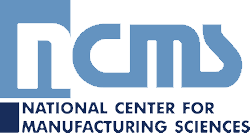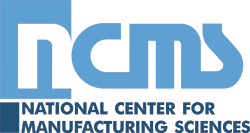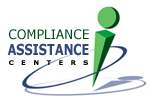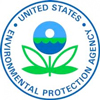 |
 |
WELCOME TO THE SURFACE TECHNOLOGY
ENVIRONMENTAL RESOURCE CENTER
The Surface Technology Environmental Resource Center (STERC) provides a wealth of useful environmental compliance information to the surface finishing and surface treatment industry.
This website was developed by the National Center for Manufacturing Sciences in partnership with the metal finishing industry. Funding for this project has been provided by US EPA under the National Compliance Assistance Centers program. For compliance assistance questions, or to pass along suggestions, please use Ask STERC. Our Compliance Assistance Team will respond as quickly as possible.
WHAT'S NEW |
|
The highly acclaimed Hard Chrome Plating Training Course is now available at no cost on STERC. PFAS Resources. STERC launched this section to keep the industry appraised of policy and regulatory changes that are expected to impact the industry in 2024/2025. The resource includes information from EPA, NASF, DoD, and state agencies. |
|
NEWS |
|
|
EPA has issued the fourth Toxic Substances Control Act (TSCA) test order requiring testing on per- and polyfluoroalkyl substances (PFAS) under EPA's National PFAS Testing Strategy, the latest action taken under EPA's PFAS Strategic Roadmap to confront contamination from "forever chemicals" nationwide. (More information) In January 2024, the EPA announced the automatic addition of seven PFAS to the list of chemicals covered by the Toxics Release Inventory (TRI), consistent with the Fiscal Year 2020 National Defense Authorization Act. TRI reporting will be required for these seven PFAS for the 2024 reporting year. (More information) |
 |
 |
 |
The information contained in this site is provided for your review and convenience. It is not intended to provide legal advice with respect to any federal, state, or local regulation.
You should consult with legal counsel and appropriate authorities before interpreting any regulations or undertaking any specific course of action.
Please note that many of the regulatory discussions on STERC refer to federal regulations. In many cases, states or local governments have promulgated relevant rules and standards
that are different and/or more stringent than the federal regulations. Therefore, to assure full compliance, you should investigate and comply with all applicable federal, state and local regulations.